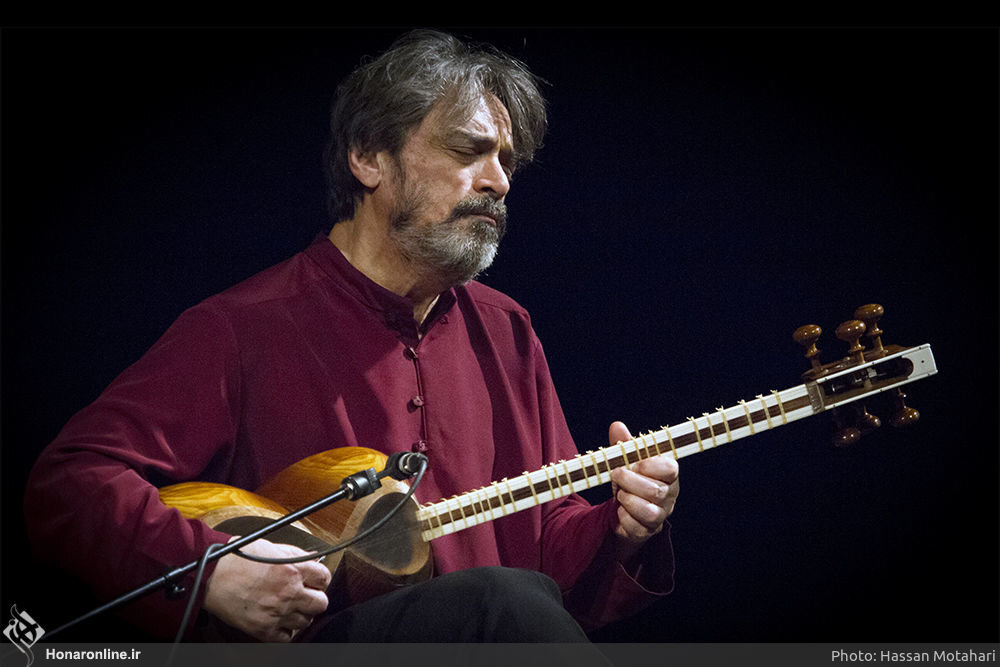Global music streaming providers offering Hossein Alizadeh’s “Radif Navazi”

TEHRAN – Several international music streaming and media services providers, including Spotify in Sweden and Rockol in Italy, are offering “Radif Navazi” (Playing Radifs), an educational album of Iranian traditional music by tar virtuoso Hossein Alizadeh.
In everyday Persian usage, radif means row, order or series. However, in Persian classical music, the word denotes a certain arraying of melodic structures exerting a special priority, a kind of logic and esthetics declaring a cultivated vision towards music.
Radif is used in at least 2 different and simultaneously interrelated meanings in technical music terminology: First, as an abstract term, it signifies the sum total of melodic arrangements in all of the seven dastgahs in Persian classical music. Second, used in relation to a specific dastgah, it means the ordering of existing melodies in a particular dastgah.
The word dastgah in the Persian language means “system”, as well as “equipment”. The suffix “-gah” signifies a place of doing something. For instance, daneshgah (university) means the place of science (danesh). Here, dastgah is used in two different significations: First, the totality of melodies of a certain musical system, e.g. dastgah-e Shur consists of Shur, Abuata, Bayat-e Tork, Afshari, Dashti and their related gushehs. Second, the word refers to the frets of a string instrument (dast means “hand”, hence dastgah literally denotes “the place of the hand”).
Persian classical music consists of seven major systems – dastgahs and five minor ones – avaz. Thus we can say that the radif is the totality formed by these 7 dastgahs and 5 avazes.
The radifs were composed by Mirza Abdollah Farahani, a tar and setar virtuoso who lived from 1843 to 1918.
The collection was performed by Nur-Ali Borumand, who also taught many Iranian singers and musicians during the twentieth century.
Alizadeh has performed the collection based teachings from Borumand.
The album was originally released in 1991 by the Mahoor Institute of Culture and Art, a Tehran-based label.
Photo: Tar virtuoso Hossein Alizadeh performs during a concert at Tehran’s Vahdat Hall on May 8, 2018. (Honaronline/Hassan Motahhari)
MMS/YAW
